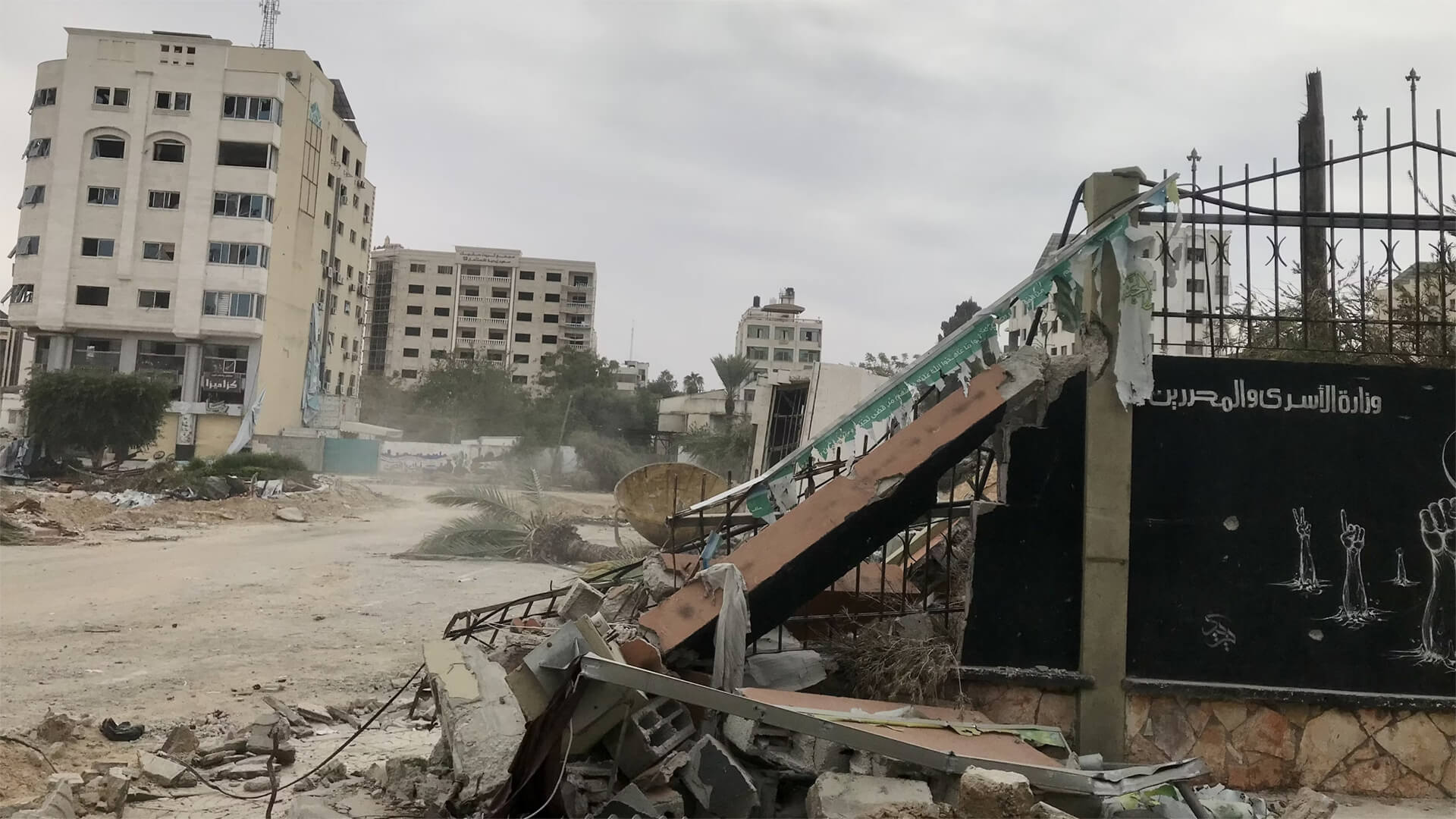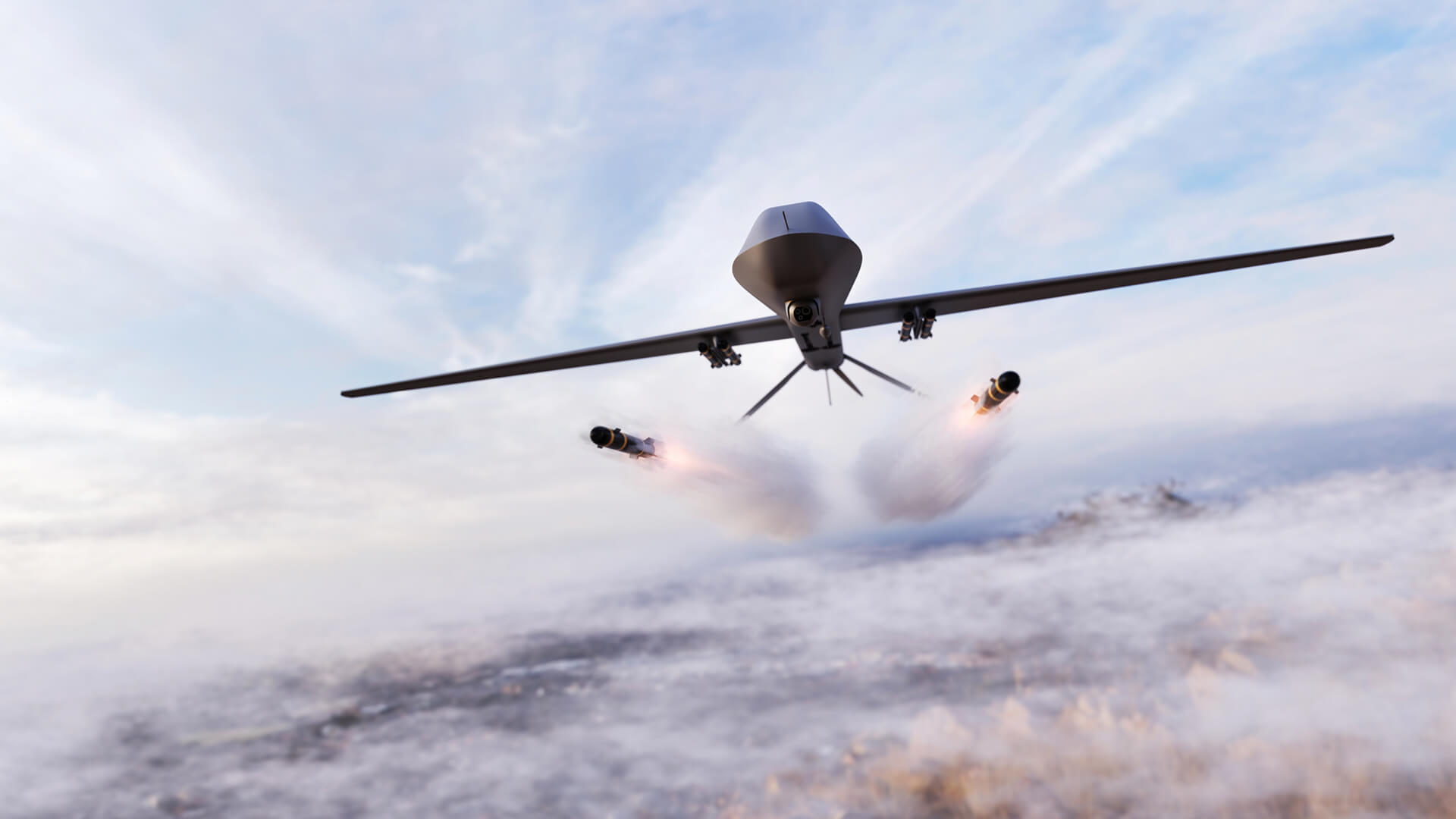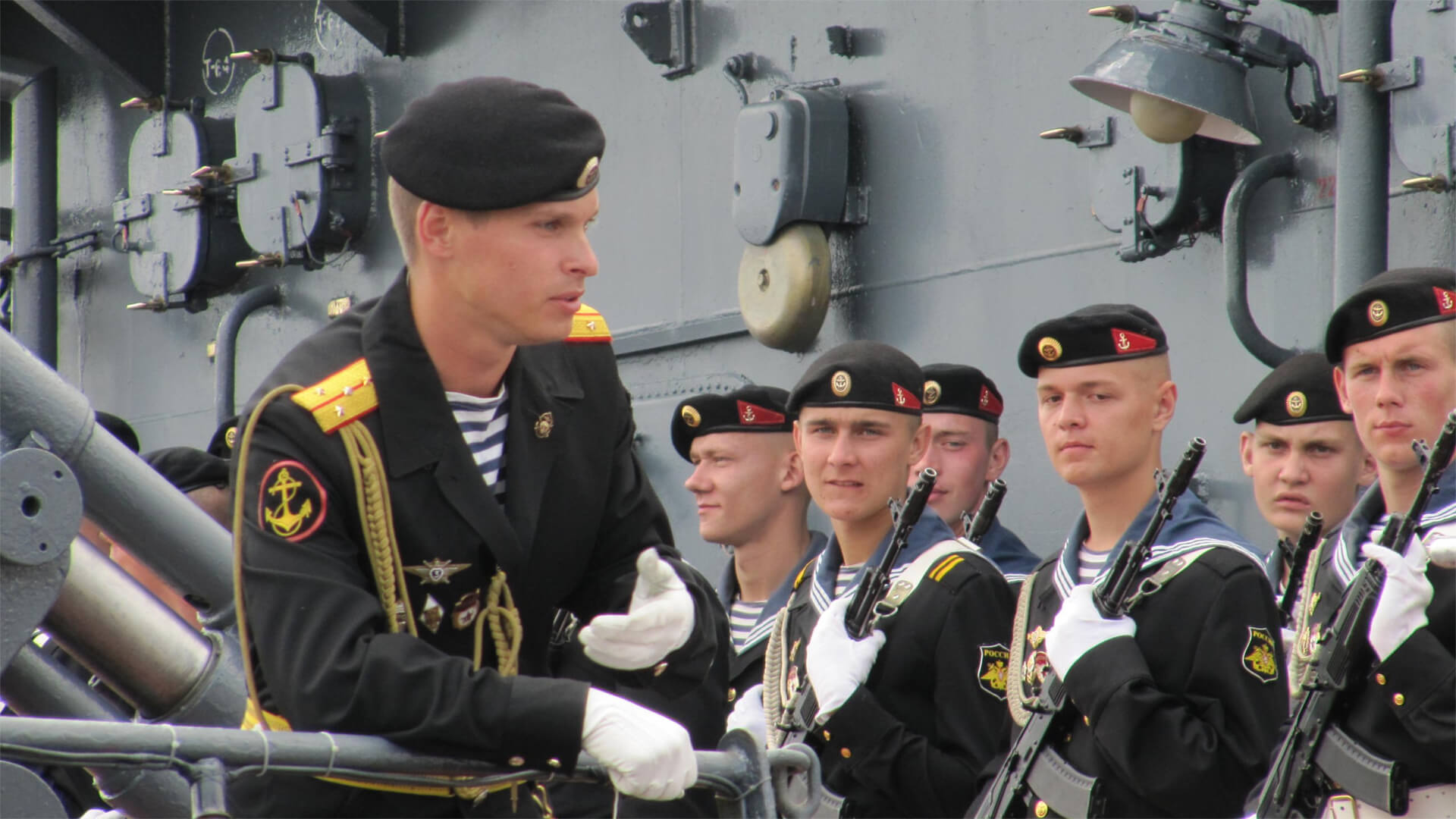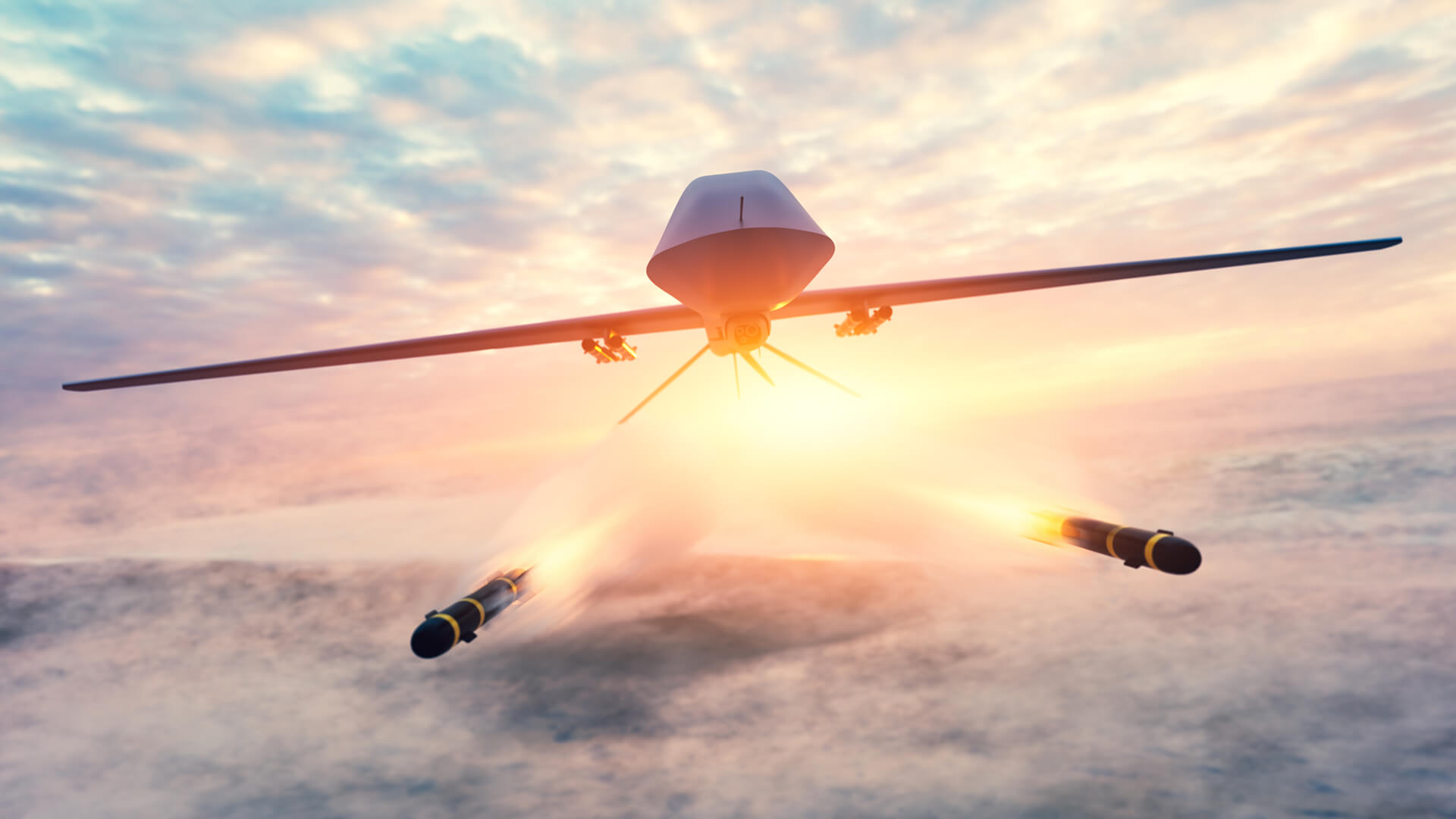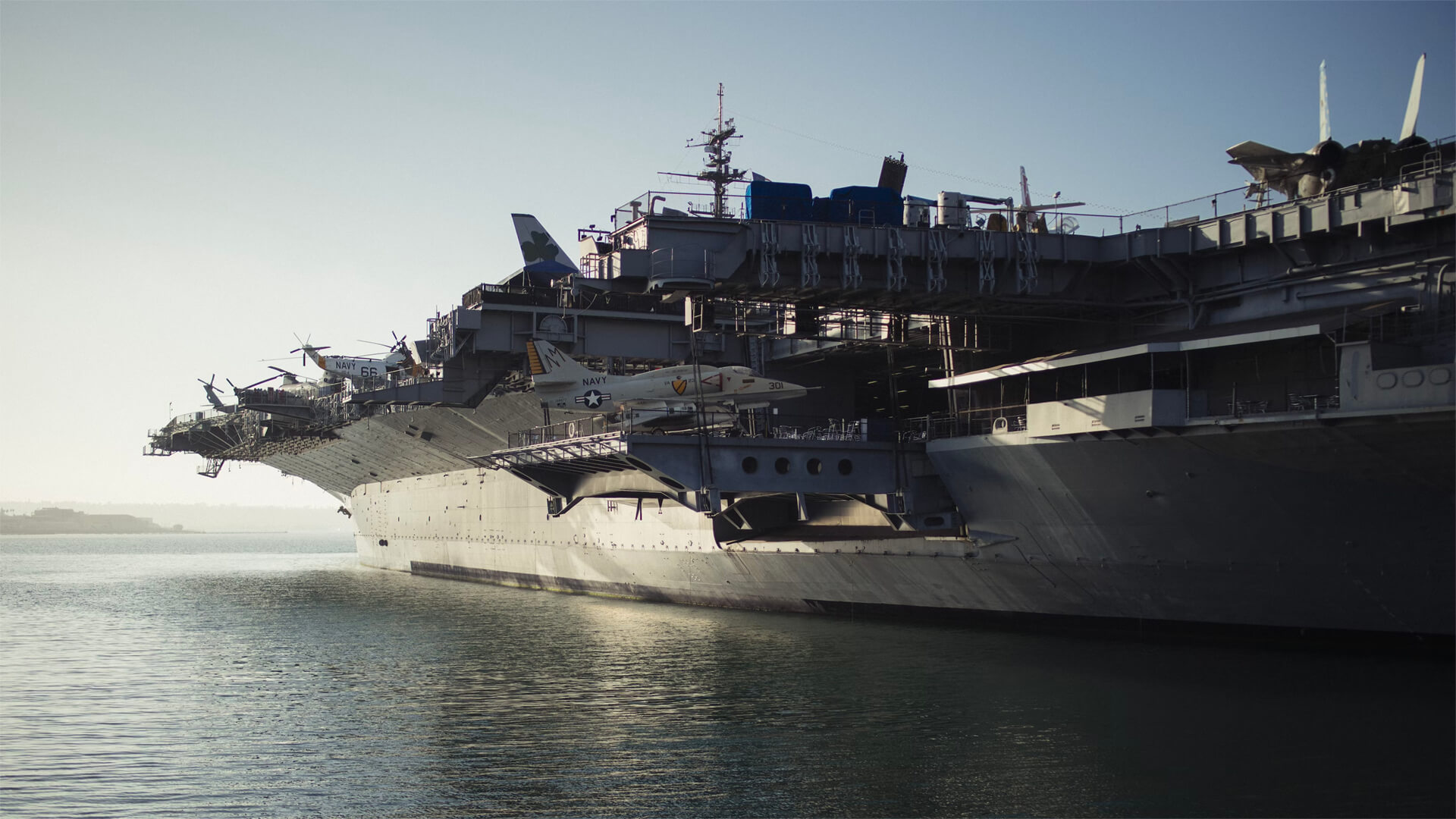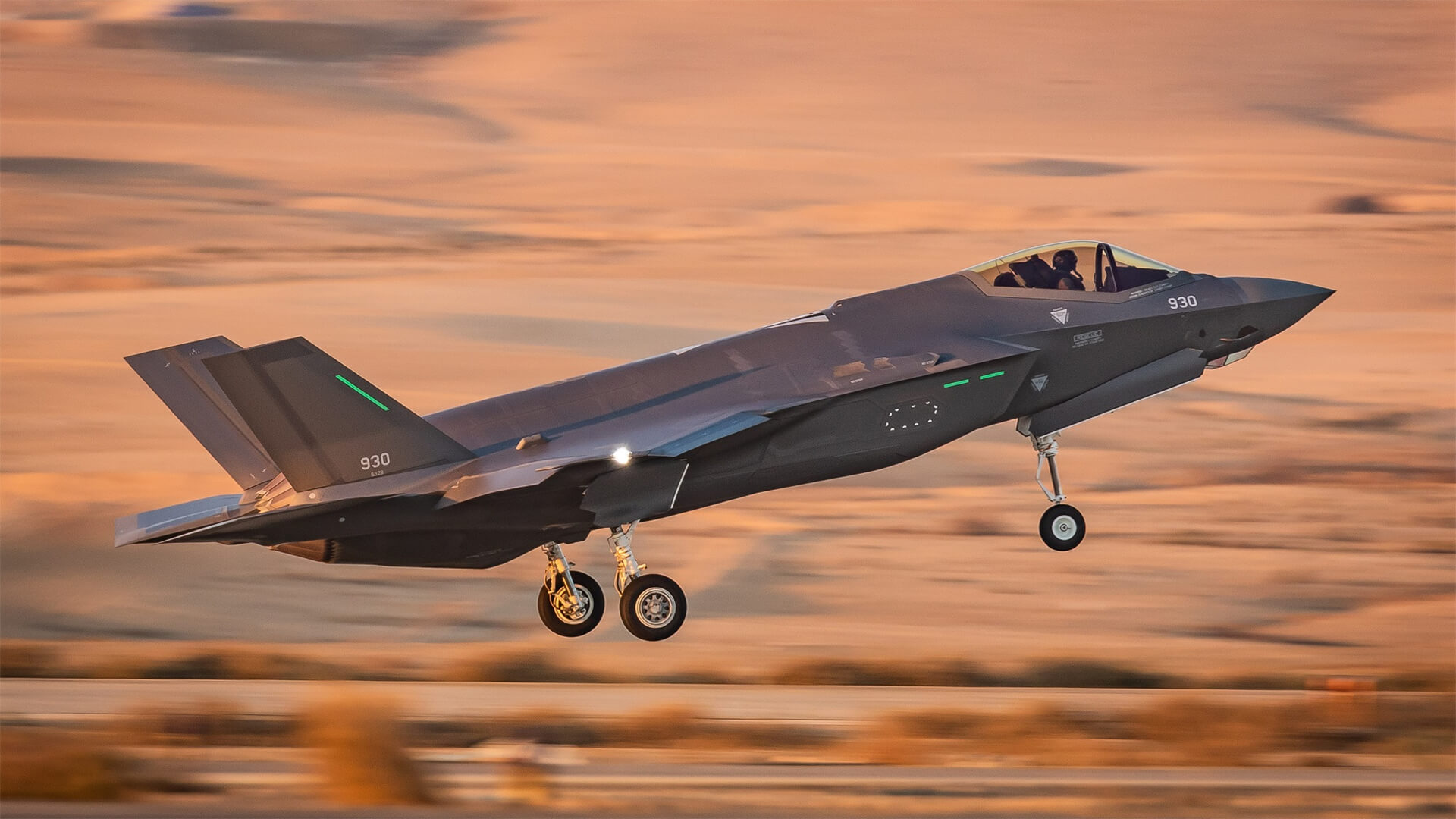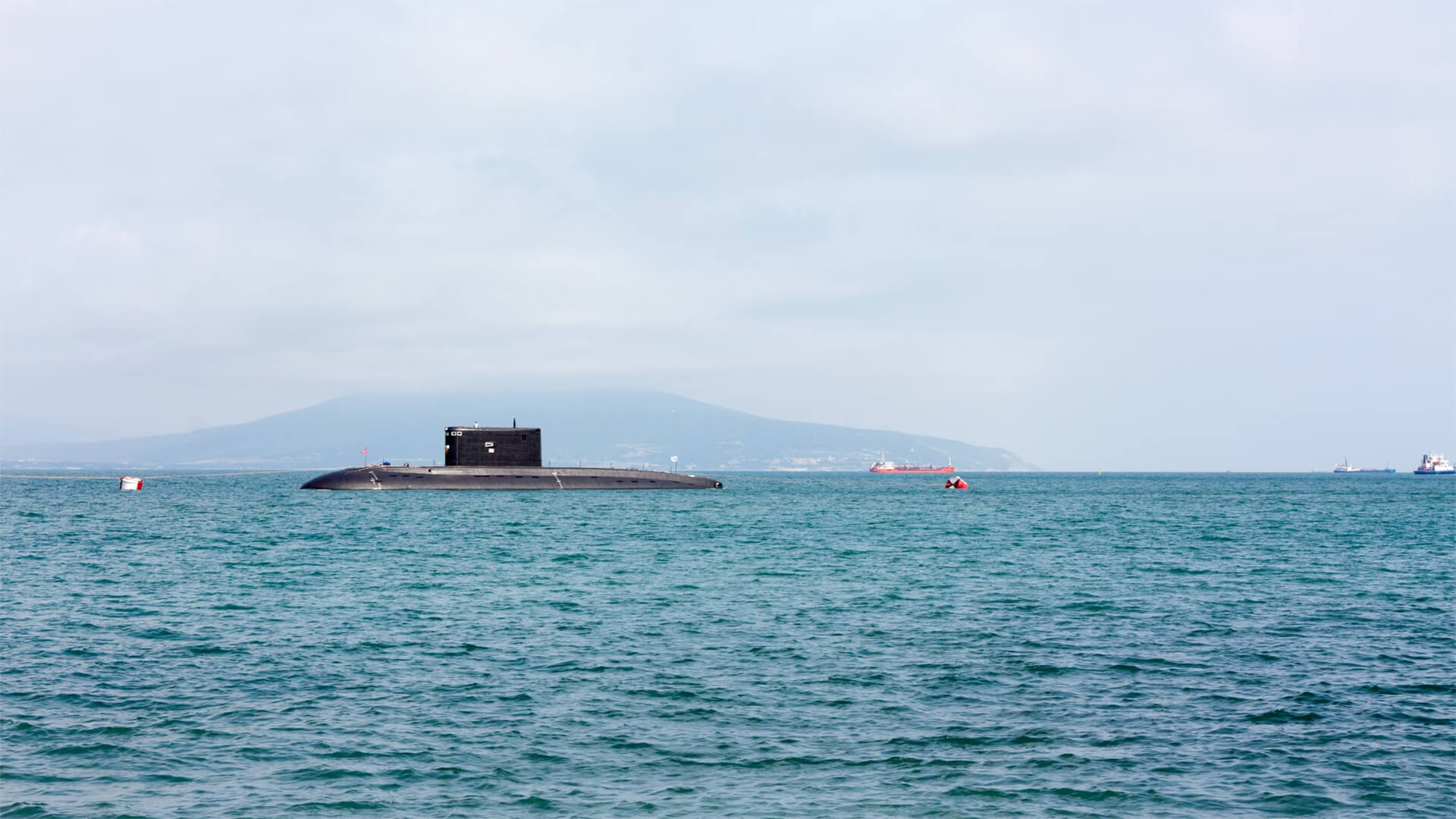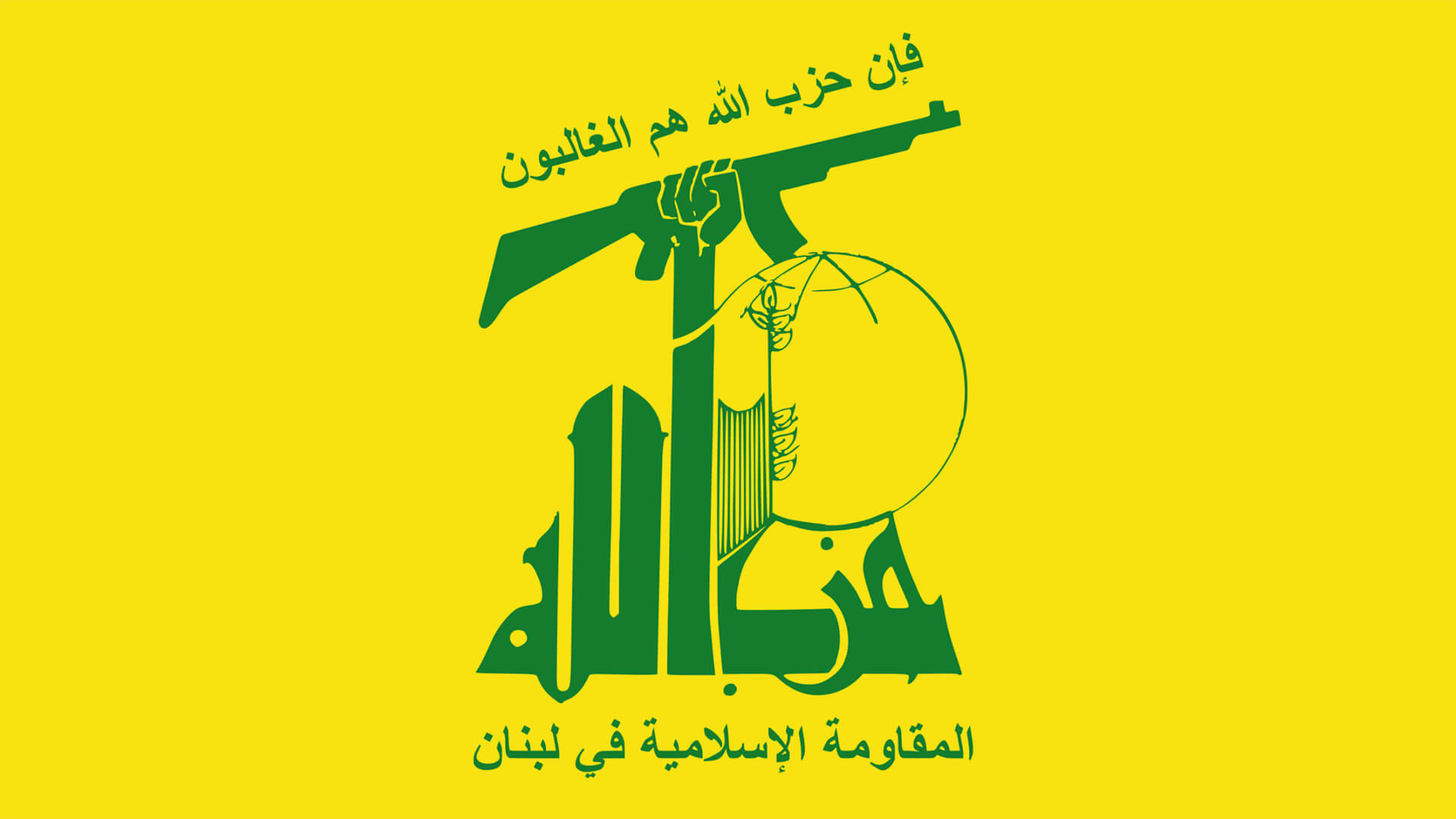Hey everyone. Good morning from Colorful Colorado. Today, we’re going to take an entry from the Ask Peter forum. Specifically, do I worry about the primacy of the U.S. Navy in a situation where the drone technology being developed for the Ukraine war becomes more widespread? Well, let’s start by saying they’re going to become widespread. We’re only seeing something that’s barely out of the prototype stage right now.
And it is proven that in close quarters, relatively speaking, it is already more than capable of defeating an old-style surface navy. Now, I don’t want to overplay this because the Russian Navy is not great under normal circumstances, and that’s if they could all sail together into a single mailed fist. And they can’t—look at the Black Sea, the Baltic Sea, the Arctic Sea, and the Pacific Fleet—all of them independent, all of them having to operate under constrained circumstances.
Now, something to keep in mind about the drones. You’ve got two types: air and naval. Your air-launched drones, at the moment, can’t really carry warheads that are more than 100 pounds. And while that can certainly ruin your day or take out a tank or a building, against a ship, it’s going to be more limited in its ability to be successful.
Keep in mind that ships can move, and if you don’t have over-the-horizon visual capability, just getting the drones to where they need to go is going to be a bit of a problem. So most of the assaults that Ukraine has been launching against Russia’s Black Sea Fleet have been naval. Naval drones don’t have as much range, typically, but they can carry a lot bigger payload.
And since they’re in the water, once they get closer, there’s not a lot that the ships can do about it because they’re used to shooting up at air assets, not down at sea-level assets that are well below the angle that they can fire. So the Russians have to basically counter with small arms. And that would be true for any naval asset.
But keep in mind, there’s this geography issue. Not only are Russia’s navies sequestered from one another, but they’re also in relatively limited bodies of water that are highly contested. So, the Black Sea is obviously the issue of the moment, where the Ukrainians obviously have an outlet on the ocean that is adjacent to where the Russians would like their ships to operate.
But you also have NATO members—Turkey, Bulgaria, and Romania—which have significantly more frontage on that body of water than the Russians. So if you marry these new technologies to the assets of NATO and the industrial plants of a country like, say, Turkey, then the Russians simply can’t have anything floating on that body of water at all.
The same holds true to an even greater degree for the Baltic Sea Fleet, where you’ve got NATO members Estonia, Latvia, Lithuania, Germany, Denmark, Sweden, and Finland, basically countering potential naval power. So if we ever get into a situation where there is a fight on the Baltic Sea, every ship that the Russians have will be sunk, probably within the first 72 hours.
It’s a little bit better on the Arctic, but then you’ve got the ice pack. So for a submarine, if you get below the ice pack, you’re probably okay. But Norway’s right there, and anything that’s going to stay on the North Atlantic has to go right by it, and it’s going to get sunk. And then, probably almost as bad as the Baltic, is the Pacific Fleet, which is completely bracketed by Japan.
Anything that’s going to leave from the Vladivostok area—that just leaves one base at a place called Petropavlovsk—but still, in here, which is a sub base where the subs can kind of go off and drop into a trench and hopefully evade detection. That base, which has no road and no rail connection to it whatsoever, could still operate, but that’s just one spot.
And everything basically has to be flown in to support it. So maybe, like, Russia’s—it’s just absolutely hosed. Compare that to the extreme on the other side with the U.S. Navy. We’ve got an Atlantic and Pacific Fleet that can sail through either the canal or around the Americas to unite into a single force if they want to. It tends to also be long-range-based: supercarriers, missile frigates, that sort of thing.
And so they very, very rarely engage a foe that they can see. You’re talking over-the-horizon hundreds of miles away. Well, that pretty much obviates any capability of the air- or sea-based drones in our current imagination of hitting them. Also, they tend to operate in the deep sea. They never go within sight of the coast if they don’t have to.
So there might be some bodies of water that are constrained, where operating there would be heavily restricted, where there are potential foes who could field a drone force. Places that are probably going to be a bit of a problem include, of course, the Persian Gulf. The days of having a carrier there without, you know, having to worry about it are probably gone now.
The Mediterranean could be a little constrained. But keep in mind, the entire northern coast of the Mediterranean are NATO countries, and the entire southern coast are countries that, for the most part, are favorable to the United States: Egypt, Algeria, Morocco, Tunisia. The one holdout is Libya, and it’s not that Libya’s hostile; it’s that Libya has basically fallen into civil war and is falling apart as a government. Everywhere else that I can already see as a possibility.
Not necessarily because there’s a lot of governments there that are hostile, but it’s becoming a stateless zone in its own way. And the Houthis are probably the best example of that. Just keep in mind that the Houthis of Yemen don’t have an industrial plant. So any weapons they fire are something they’ve brought in from somewhere else. Closer to home, the only thing to really worry about would be the Gulf of Mexico and the Caribbean.
And because there are hostile countries there, most notably Venezuela and Cuba. But if, if, if, if, if we ever get to the situation where that is a problem, a couple of things to keep in mind: Number one, most U.S. naval assets aren’t in the Gulf of Mexico, so you don’t have to worry about a base getting closed in.
And second, in the very, very unlikely situation where we have a military conflict in that area, there will be a land invasion of Cuba in a very short period of time. This is not me recommending—let me make this very clear—I think there are much easier ways to get Cuba on our side, if that’s the goal.
But a country with the population and the industrial plant of Cuba could not survive in the face of an American onslaught should it come to it. And really, that’s the only other spot where there’s a constraint. Between geography and allies, the U.S. looks pretty good. That just begs the question of what is the situation for maybe some other countries that have navies.
In the case of the United Kingdom, yes, it’s close to other land borders—the North Sea, the English Channel—they’re not that big of a barrier. But again, Norway, Denmark, France—you know, these are friendly countries, not hostile ones. And in the case of East Asia, things get really dicey. Japan’s okay because all of its ports are on the east side of the island, so they sail out and then come back to wherever they want to.
So they’re pretty much immune to this. But China—China’s got the first island chain, and any vessel that leaves China has to get by Japan or Taiwan or the Philippines or Indonesia or Singapore. Assuming the United States isn’t playing at all, that’s going to be really hard. And one of the things that the U.S. Navy is working on right now is something called the Replicator Initiative, which will turn its ships into not just combat platforms, but manufacturing platforms to produce exactly the sorts of drones that would be needed to sink everything that the Chinese have in a short period of time.
In the case of a war. Hopefully it’ll never come to that, but Replicator is supposed to be operational by the end of calendar year 2027. That’s not that far away.

